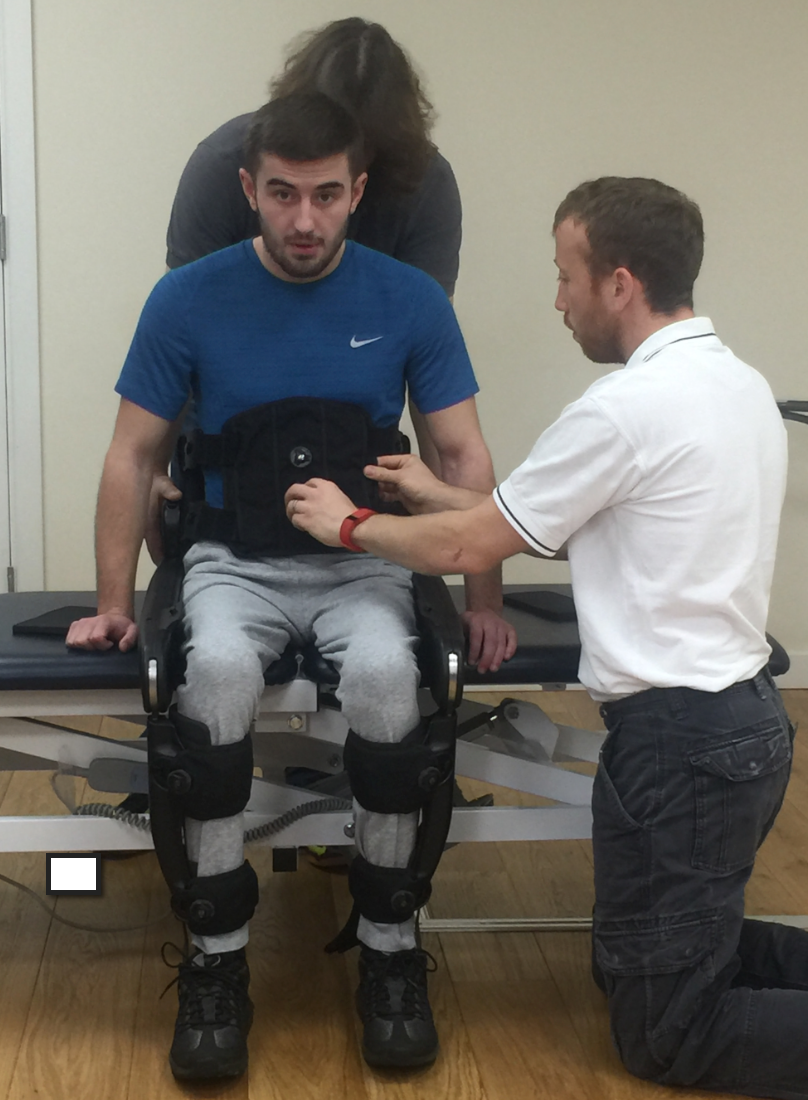Articles
Filter by Topic
- Adaptive Sport 1
- Artificial Intelligence 1
- Bike Labyrinth 3
- Bone density 1
- Brachial Plexus 1
- Bridging the Gap 1
- Bridging the Gap 1
- Carbonhand 4
- Cardiovascular 1
- Client Stories 4
- Cognition 1
- Company Updates 3
- Decision Making 1
- Dementia 1
- Denervation 21
- Diabetic Foot 12
- Efficiency 1
- Electrotherapy 27
- Exercise Benefits 28
- FES Cycling 9
- Functional Electrical Stimulation (FES) 52
- Gait 2
- Goal Setting 5
- Grip 3
- Healthspan 2
- Indego 13
- Lifestyle 8
- Lower Motor Neuron 1
- Mobility 17
- Motivation 2
- NMES 1
- Nerve injury 1
- NexStride 1
- Occupational Therapy 1
- Orthotic 15
- PRAFO 22
- Pain 5
- Parkinsons 2
- Pressure Ulcers 10
- Product Updates 7
- RISE Stimulator 9
- Safety 2
- Sponsor 1
- Standing 4
- Stimulette den2x 5
- Support 1
- TENS 1
- Technology 17
- Tek RMD 21
- Tips and Gadgets 4
Article Length
- 1 minute read 3
- 10 minute read 9
- 11 minute read 6
- 12 minute read 7
- 15 minute read 6
- 18 minute read 1
- 19 minute read 1
- 2 minute read 4
- 26 minute read 1
- 27 minute read 1
- 28 minute read 1
- 3 minutes read 9
- 4 minute read 34
- 5 Minute read 12
- 6 minute read 6
- 7 minute read 13
- 8 minute read 4
- 9 minute read 3
- FES 2
- FoG 1
- PRAFO 1
- Seven Minute Read 1
- awareness 1
- carbonhand 2
- cognitive 1
- cues 1
- freezing gait 1
- freezing of gait 1
- gait 1
- neurological 1
- neuroplasticity 1
- nexstride 2
- occupational therapy 1
- occupational therapy day 1
- orthopaedics 1
- orthotic 1
- parkinson's 1
- pressure 1
- pressure relief 1
- prevention 1
- rehabilitation 2
- stroke 1
- ulcers 1
- world stroke day 1
Why should you stand regularly following a spinal cord injury?
Standing after a spinal cord injury is recommended for health. Standing frames, standing wheelchairs, exoskeletons and the Tek RMD - how do they compare?
Trying an Indego exoskeleton in 2019
As we pointed out in a recent article “How to Buy an Indego Exoskeleton”, we expect that potential users will want to try each exoskeleton on the market and explore what they can do. This is not something that should be done with a “quick demo”. In fact, it might be unsafe to take this approach because each exoskeleton will demand a certain level of “competence” from the user to get the best out of it.
How to buy an Indego exoskeleton in 2020
Purchasing something like the Indego exoskeleton is potentially a life-changing event and deserves careful consideration. You should at least consider - Why would I purchase an exoskeleton? What would I like to think, feel and be able to do? Is this purchase realistic based on guidance from my clinical advisors? It is a good idea to try all of the exoskeleton systems that are available if you can.
Comparing the Indego exoskeleton and the Tek RMD
As we noted in a recent article, we are sometimes asked, “You work with both the Indego Exoskeleton and the Tek RMD - which is better?” This is really like trying to compare oranges and apples. It very much depends on the functional ability and aspirations of the individual client. Whilst both can potentially allow someone with lower limb paralysis to stand and move, both products have very different features and benefits. Both are outstanding products but their true value can only be judged in relation to individual goals and priorities.
Indego Therapy - Enabling Alice's Story
Indego can’t produce miracles - but the combination of great technology and therapy can come close. We have featured Alice and her story of recovery from a hypoxic brain injury. As a young woman she was looking at a situation in which she would be in bed for 23 hours a day and hoisted to a wheelchair for the rest of each day. Indego along with the efforts of the More Rehab team have got Alice back on her feet and moving toward independence.
Clinical studies with the Indego
In this article we look at how various studies have showcased the Indego’s performance. The lndego Personal is a lower extremity exoskeleton providing power assisted trunk stability in combination with dynamic flexion/extension of the knees and hips for standing, walking and returning to sit. This powered orthosis is beneficial for a broad range of neurological conditions including stroke, MS and spinal cord injury





